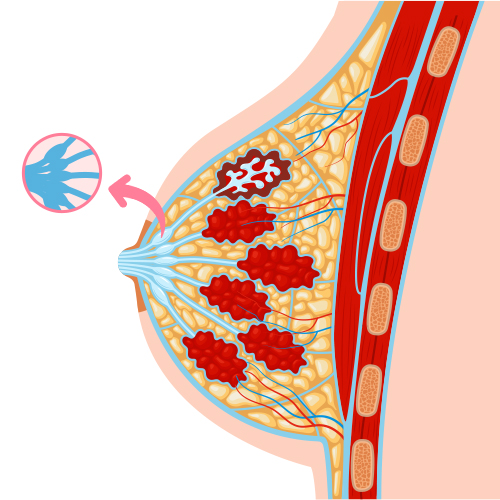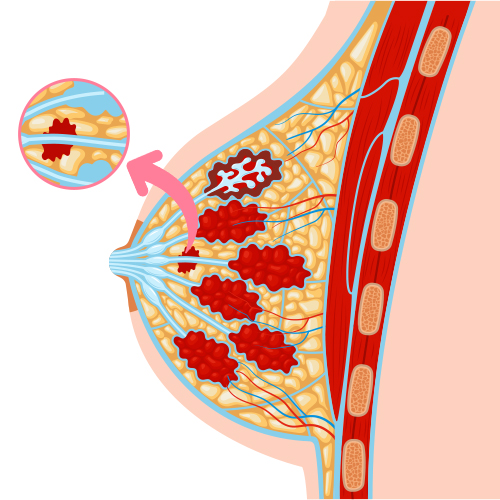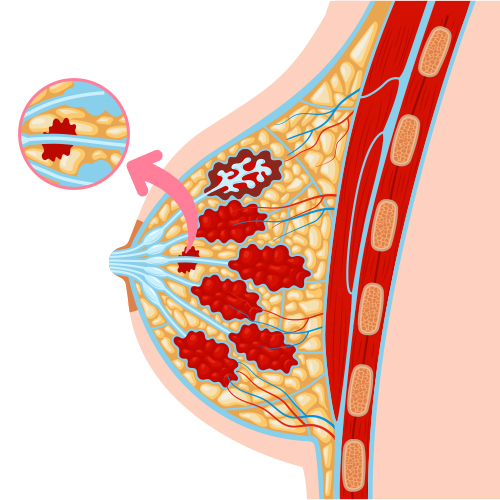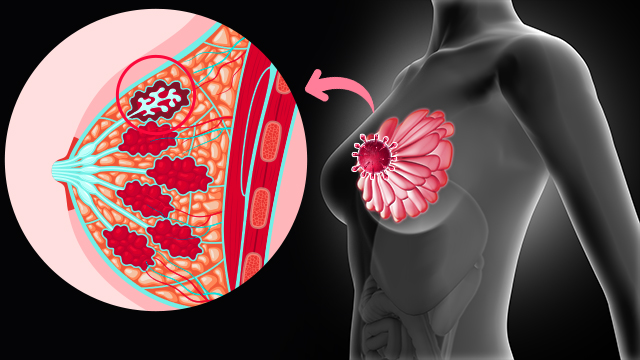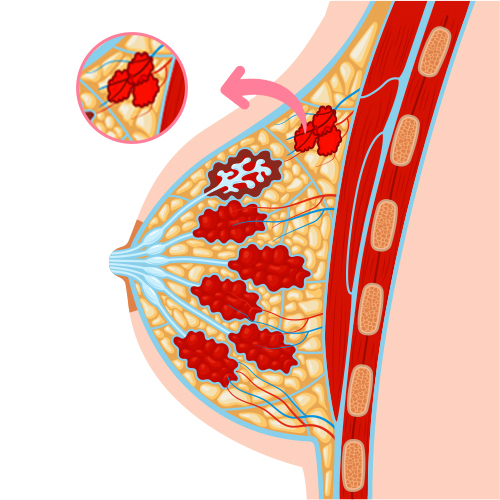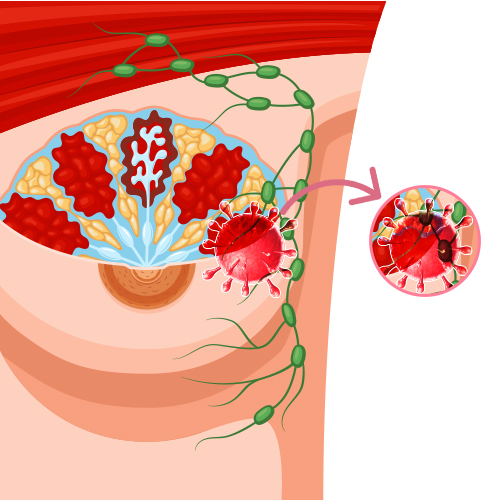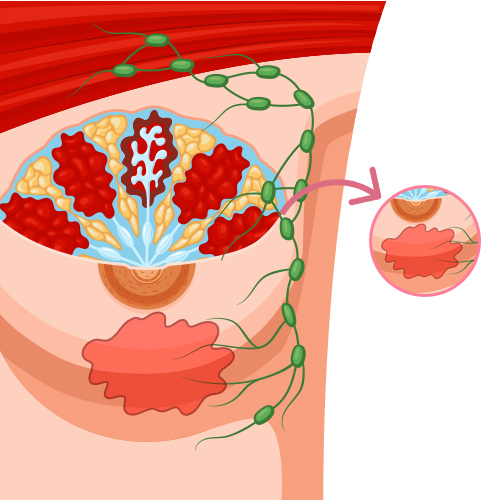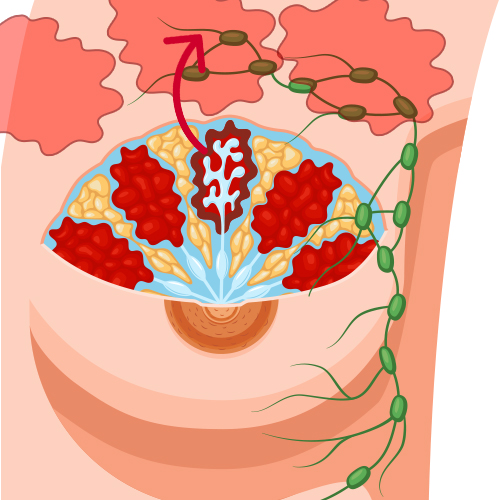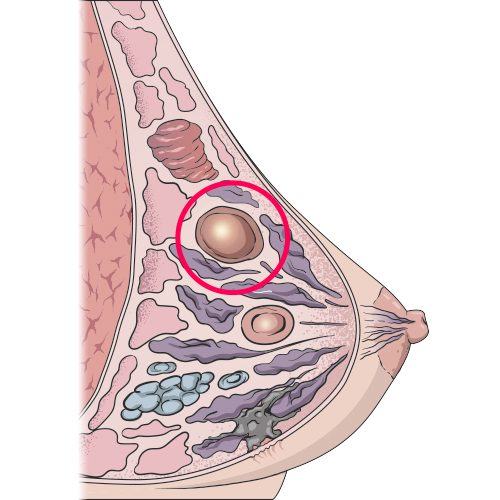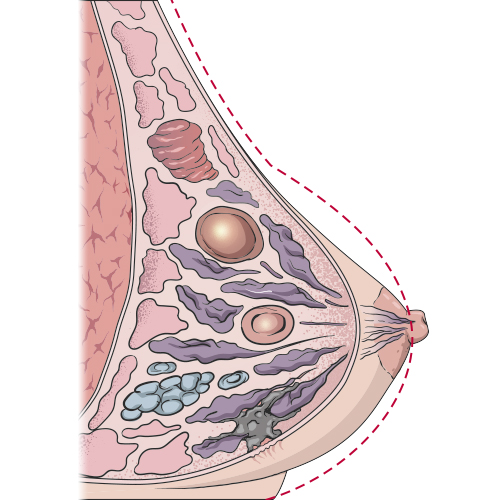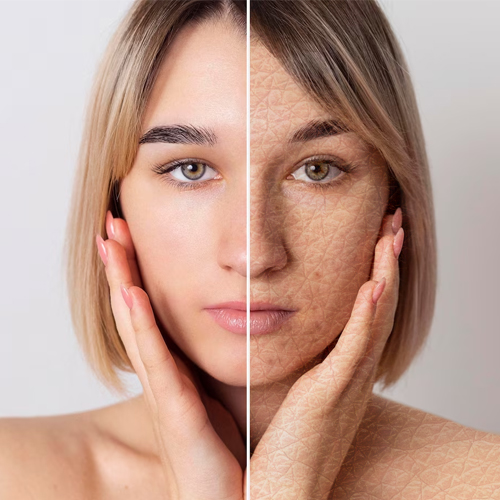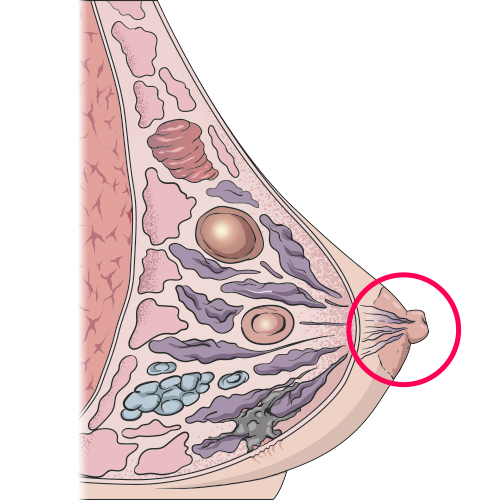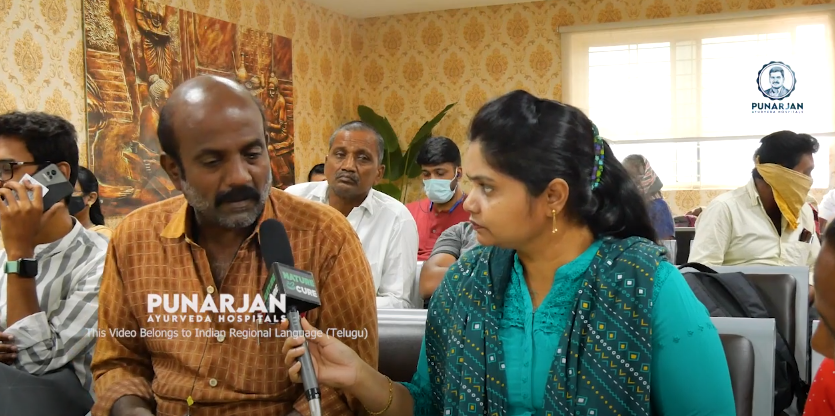Breast cancer treatment encompasses a multidimensional approach, tailored to individual cases and guided by factors like tumor type, stage, and molecular characteristics.
Surgery: Primary treatment involves surgical interventions, ranging from lumpectomy (removing the tumor and surrounding tissue) to mastectomy (removing the entire breast). Lymph node removal may accompany surgery to assess cancer spread.
Radiation Therapy: Following surgery, radiation therapy employs high-energy rays to target residual cancer cells, minimizing the risk of local recurrence. It is a standard postoperative procedure, particularly after lumpectomy.
Chemotherapy: Systemic treatment with anti-cancer drugs, chemotherapy is often employed to target cancer cells throughout the body. It may precede surgery (neoadjuvant) to shrink tumors or follow surgery (adjuvant) to eliminate residual cells.
Hormone Therapy: For hormone receptor-positive tumors, hormone therapy is pivotal. It blocks or reduces hormone production to impede cancer growth. Tamoxifen, aromatase inhibitors, and ovarian suppression are common strategies.
Targeted Therapies: These precisely target specific molecules involved in cancer growth. HER2-positive breast cancers may benefit from drugs like trastuzumab, while CDK4/6 inhibitors can be effective in certain hormone receptor-positive cases.
Immunotherapy: Emerging as a promising avenue, immunotherapy stimulates the body’s immune system to identify and destroy cancer cells. Ongoing research explores its potential in breast cancer treatment.
